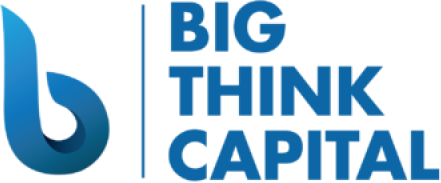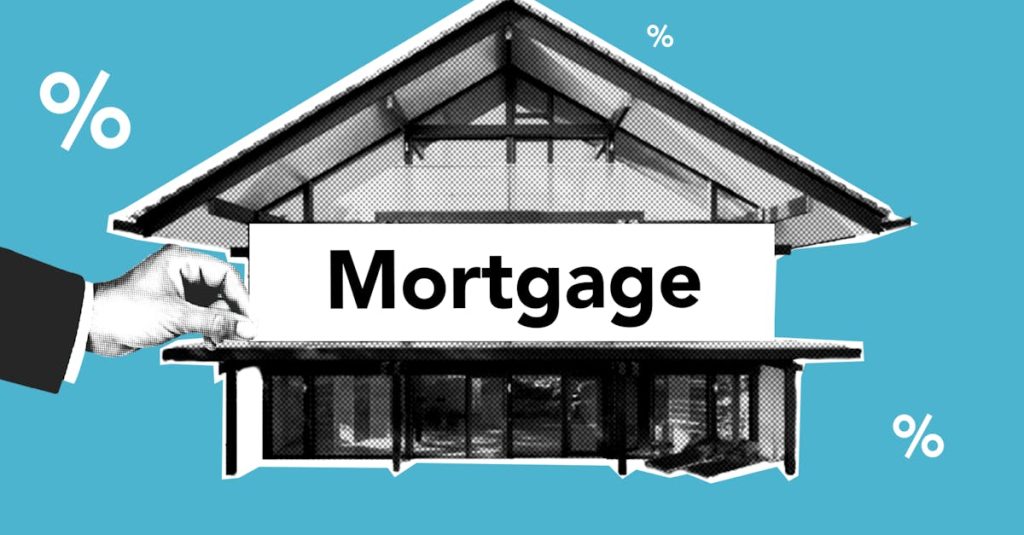Navigating the Ripple Effect of Fed Rate Hikes: Strategies for Small Businesses to Manage Working Capital and Secure Affordable Financing
Estimated reading time: 5 minutes
- Proactive Cash Flow Management: Regularly analyze and project your cash flow to stay ahead of potential challenges.
- Explore Alternative Funding: Don’t limit yourself to traditional loans; alternatives can provide quicker access to funds.
- Nurture Lender Relationships: Open communication with lenders can enhance your chances of securing funding.
Table of Contents
- Understanding Federal Reserve Rate Hikes
- How Rate Hikes Affect Small Business Financing
- Strategies for Managing Working Capital
- Securing Affordable Financing in a High-Rate Environment
- Practical Takeaways for Small Business Owners
- Conclusion
- FAQ
Understanding Federal Reserve Rate Hikes
Federal Reserve rate hikes are measures taken by the central bank to control inflation and stabilize the economy. When the Fed increases interest rates, the cost of borrowing rises. This can lead to increased monthly payments for any funded projects, working capital needs, or operating expenses. According to the Federal Reserve’s data, direct influences on the national interest rates can reach business loans, credit availability, and overall economic growth (Federal Reserve).
How Rate Hikes Affect Small Business Financing
- Increased Borrowing Costs: The most immediate effect is an increase in the cost of loans. Higher interest rates mean higher monthly payments for loans and credit lines, which can strain small business budgets.
- Impact on Credit Availability: Lenders may respond to perceived risk with stricter lending criteria, making it more difficult for small businesses to secure loans.
- Decreased Consumer Spending: Rate hikes can result in reduced consumer spending, leading to lower sales for small businesses and impacting cash flow.
Strategies for Managing Working Capital
In light of the recent rate hikes, managing working capital is essential to navigating financial challenges. Here are effective strategies to ensure your business remains agile.
Maintain Accurate Cash Flow Projections
Understanding your cash flow is critical. Regularly review and project your cash flow requirements to identify potential shortfalls before they happen. This involves:
- Analyzing Historical Data: Look at past cash flow reports and trends to forecast future cash flow needs accurately.
- Adjusting for Seasonality: Identify peak and low seasons for your business’s cash flow to anticipate needs during low periods.
- Using Tools and Software: Consider using accounting software that provides real-time cash flow tracking functionalities.
Establish a Strong Relationship with Your Lender
Having a reliable lender can make a significant difference in accessing affordable financing. Here are tips to build a strong relationship:
- Communicate Regularly: Keep your lenders informed about your business performance, challenges, and financial needs.
- Explore Options: Discuss different financing products, such as SBA loans or lines of credit, and see which ones align with your business objectives.
- Showcase Your Business Stability: Maintain thorough documentation of your financial health, including tax returns and profit-loss statements, to present a strong case when seeking funds.
Optimize Your Inventory Management
Inefficient inventory management can tie up valuable cash that could be used for other operational needs. Consider:
- Implementing Just-in-Time (JIT) Inventory: JIT strategies reduce excess inventory, ensuring you only order stock as needed. This can help free up cash flow.
- Regularly Auditing Inventory: Conduct routine audits to identify slow-moving or obsolete inventory that could be sold off, turning surplus into cash.
Securing Affordable Financing in a High-Rate Environment
Despite the challenges posed by rising rates, there are ways to secure financing without overly straining your budget. Below are practical strategies:
Tap into Alternative Funding Sources
Alternative financing options can often provide faster access to funds without the need for exhaustive paperwork or lengthy timelines associated with traditional banks. Some great options include:
- Working Capital Advances: Tailored for businesses that need immediate cash, relying on future sales volume instead of credit scores.
- Merchant Cash Advances (MCA): A quick option for businesses that accept credit card payments, matching funding to future income.
At Big Think Capital, we specialize in these alternative funding solutions, designed to bridge gaps in cash flow when traditional financing may not be an option.
Diversify Your Financing Approach
By diversifying your funding sources, you can mitigate risks associated with reliance on a single funding avenue. Consider:
- Exploring SBA Loans: Backed by the government, SBA loans often come with lower rates, even in higher interest rate environments.
- Establishing a Line of Credit: This offers flexibility, allowing businesses to draw funds as needed without incurring interest until borrowed.
Consider Fixed-Rate Loans
In a rising rate environment, fixed-rate loans can protect you against future increases in borrowing costs. Key advantages include:
- Predictable Payments: With a fixed interest rate, your payments remain consistent despite market fluctuations.
- Long-Term Budget Planning: Knowing your monthly obligations can help with better cash flow management.
Practical Takeaways for Small Business Owners
Understanding and adapting to the financial landscape shaped by Federal Reserve rate hikes is essential for small businesses. Here are three key takeaways:
- Proactive Cash Flow Management: Regularly analyze and project your cash flow to stay ahead of potential challenges.
- Explore Alternative Funding: Don’t limit yourself to traditional loans; alternatives can provide quicker access to funds.
- Nurture Lender Relationships: Open communication with lenders can enhance your chances of securing funding.
Conclusion
As we navigate 2025’s evolving financial climate, staying informed about Federal Reserve interest rate decisions and their cascading effects is essential. By implementing strategic measures for managing your working capital and exploring a variety of financing options, your small business can maintain resilience amid challenges.
To learn more about how Big Think Capital can help you secure the financing you need to thrive, visit us at bigthinkcapital.com or speak with one of our experienced funding experts today. Together, we can find the right solutions tailored to your unique business needs.
FAQ
What are Federal Reserve rate hikes and how do they affect small businesses?
The Federal Reserve rate hikes increase borrowing costs and affect credit availability, which can strain small businesses financially.
How can small businesses manage cash flow during rising interest rates?
By maintaining accurate cash flow projections and establishing strong relationships with lenders, small businesses can navigate financial challenges more effectively.
What alternative funding options are available for small businesses?
Options such as working capital advances and merchant cash advances can provide quick access to funds without the stringent requirements of traditional loans.






